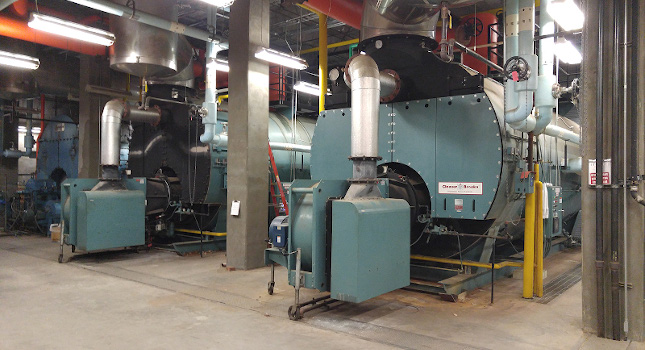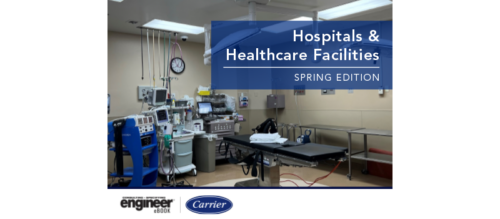What, where and how: Facilitating knowledge transfer for hospital facilities
In hospital facilities, building systems including power, medical gas, and temperature and humidity control are vital to the healthcare environment and high-quality patient care.
With approximately four million Baby Boomers now retiring and leaving the workforce each year, many organizations recognize the need to address this “brain drain” with a clear plan for knowledge transfer. This is particularly important in the management of hospital facilities, where building systems, including power, medical gas, and temperature and humidity control are vital to the healthcare environment and high-quality patient care.
Houston Methodist Hospital: Documentation of electrical rooms
The challenge is further complicated by the nature of many hospital settings—often complex, labyrinthine arrangements of multiple buildings and utility plants of varying ages with equipment scattered throughout the complex. At Houston Methodist Hospital in Texas, for example, facility managers are responsible for millions of square feet of space in numerous buildings connected by skywalks and underground tunnels. In one important project to support knowledge transfer, we were recently asked to survey all of the hospital system’s electrical rooms.
Working with the master electrician on staff, we have toured all of the electrical rooms to document their location as well as the electrical panel layout in each room. We are also noting the location of the main breakers and back-up generators, with an indication of where the main feed comes in and where the power is distributed. In addition, we are verifying the location of fire-rated partitions, smoke detectors, and exit signs, in order to update life safety plans. We will present the information graphically, in detailed floor plans that can be shared with all staff electricians.
Saint Francis Hospital Vinita: Supporting maintenance and operations
For Saint Francis Hospital Vinita in Oklahoma, we are providing similar documentation to assist in ongoing facilities management. This involves identifying and locating many out-of-the-way elements, such as valves, smoke and fire dampers, as well as cleanouts that may be hidden beneath a carpet tile or are otherwise difficult to find. We are also verifying required features of rated assemblies and paths of egress. Our system-wide research involves the review of building plans, maintenance logs and reports, and other documents that can inform the creation of a master set of detailed plans that will aid in facility maintenance and compliance, such as when to change filters or check generators.

Courtesy: Dewberry
Taking stock of existing facilities
We have also assisted healthcare systems across North Carolina and Virginia with systems knowledge and reference documentation supporting knowledge transfer. A crucial part of ongoing asset management, this documentation includes equipment and system riser plans, locator plans, testing plans and records, system training, and basic facility information. We have created manuals explaining how various systems work, as well as deliverables ranging from spreadsheets to complex searchable equipment database programs.
Our documentation answers questions such as, “what does this equipment do and how does it accomplish that task?” with carefully vetted detail on location and purpose. We document boilers, switchgear, air handling units, power distribution, smoke control systems, diesel generators, medical gas systems, and much more. In one case, we were asked to create and install electrical panel labeling, including developing a consistent naming convention and cross-referencing the labels on a spreadsheet.
This kind of knowledge transfer is imperative to the smooth operation of hospital facilities. We often find that information is missing from existing plans, or that the documentation exists but isn’t all in one place. Too often, important information isn’t written down at all—it’s walking around in the minds of long-time employees who may be close to retirement. A knowledge transfer plan—and taking stock of existing facilities—is a prudent investment and one that architects and engineers can help facilitate.
This originally appeared on Dewberry’s website. Dewberry is a CFE Media content partner.
Original content can be found at www.dewberry.com.
Do you have experience and expertise with the topics mentioned in this content? You should consider contributing to our CFE Media editorial team and getting the recognition you and your company deserve. Click here to start this process.



